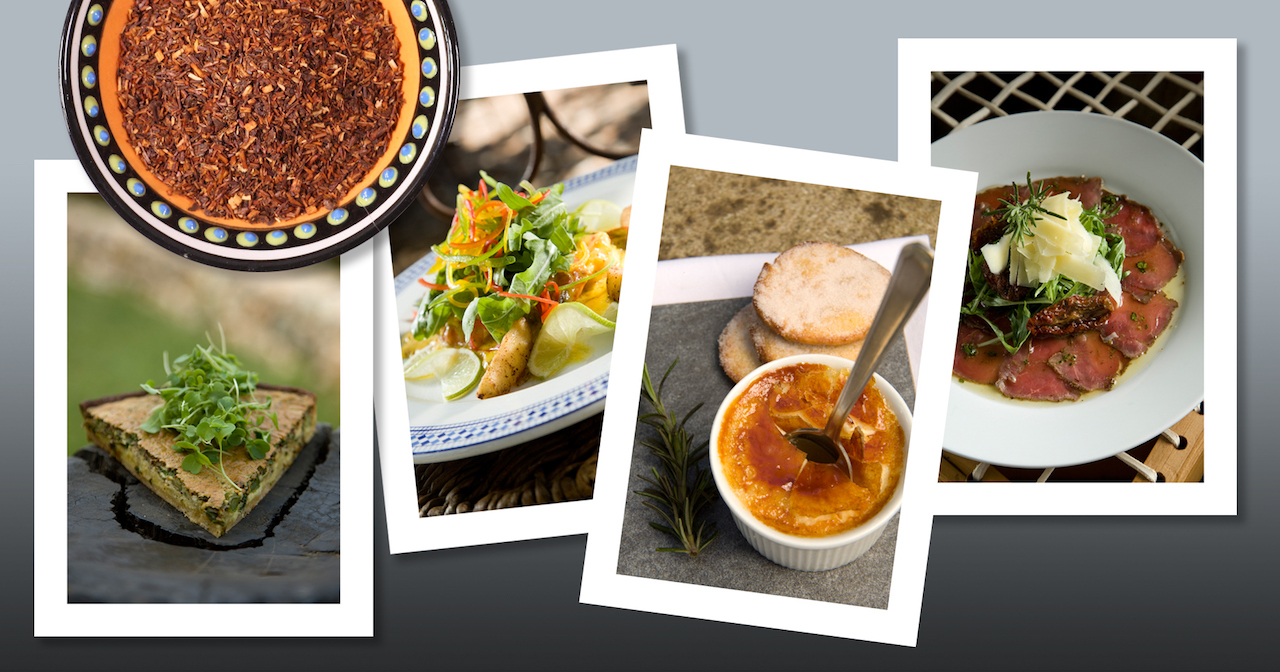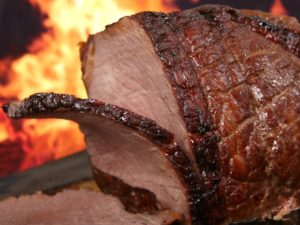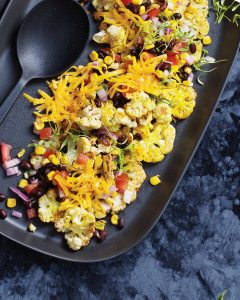THE ROOIBOS PLANT
Rooibos is produced from the plant Aspalathus linearis, a leguminous shrub unique to the Cederberg Mountains around the town of Clanwilliam and indigenous to the Western Cape of South Africa. It forms part of the Cape Floral Kingdom, commonly known as fynbos, and grows nowhere else in the world.
At the turn of the 19th century, it was common practice for the inhabitants of the Cederberg region to break off the branches of the wild growing bushes for tea. The leaves and fine stems were chopped with axes and bruised with mallets before being left in heaps to ferment. Once fermented the plant matter was spread out on a flat rock to dry in the hot African sun, ready for use in a thirst-quenching brew. Today, Rooibos is still processed in much the same way, but of course, the methods are now mechanised and far more refined.
THE HISTORY OF TEA DRINKING IN THE CAPE
The first shipment of tea to Europe was made in 1610 by Dutch traders who imported it from China and Japan. In the 17th century, Dutch sea captains plying the trade route between Europe and Asia regularly called at the Cape of Good Hope, and in 1652 the Dutch East India Company sent Commander Jan van Riebeeck to build a fort and refreshment station for weary sailors.
The Dutch settlers brought with them the culture of tea drinking. However, tea was extremely expensive and farmers soon began to augment the precious ’Camellia’ tea with leaves from local Fynbos shrubs.
THE FIRST SETTLERS IN THE OLIFANTS RIVER VALLEY – HOME OF ROOIBOS
In 1660, the first pioneer explorers ventured into the Cederberg region and, after following a San footpath through the mountains, they emerged in a valley to find hundreds of elephants in what later became known as the Olifants River Valley. Other pioneers followed and by the 1720’s some had put down roots in the region as cattle farmers. With the missionaries, migrants and settlers to the Cederberg, came the habit of tea drinking and soon the search for a less expensive and readily available substitute had begun.
THE PIONEER PRODUCERS AND MARKETERS OF ROOIBOS
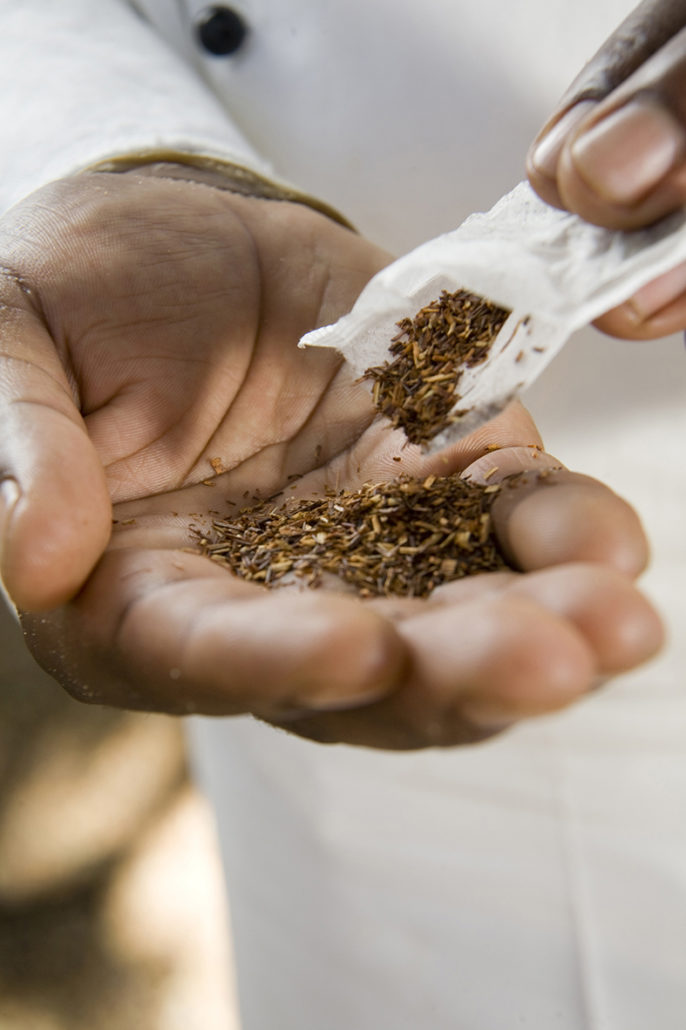
It was not until 1904 that a Russian immigrant, Benjamin Ginsberg, realised the marketing potential of Rooibos. By 1930, Dr P le Fras Nortier, local medical doctor and botanist, developed a method to successfully germinate Rooibos seeds. Together with local commercial farmers, they advanced new cultivation methods and soon the production of Rooibos began on a much larger scale.
From such humble beginnings, Rooibos tea has grown to become an international brand that is now available in over 60 countries around the world, where no less than six billion cups of this uniquely South African beverage are drunk every year.
ROOIBOS – THE HEALTHY CHOICE
Rooibos contains a complex mix of many flavonoids (compounds widely found in plants known to have health benefits). It is also naturally caffeine free and contains no additives, preservatives, colourants or oxalic acid.
Rooibos has a number of impressive health benefits:
Low in Tannins – Unlike many teas, Rooibos is naturally low in harmful tannins. Tannins can interfere with iron absorption, particularly in individuals with marginal iron status. These could include infants and toddlers, teenage girls, pregnant and pre-menopausal women, elderly men and vegetarians. Caffeine free – Rooibos is naturally caffeine free. Health professionals suggest Rooibos for people suffering from irritability, headaches, disturbed sleep patterns, insomnia, nervous tension, mild depression or hypertension because it appears to have a soothing effect on the central nervous system.
Source of antioxidants – Rooibos contains naturally occurring antioxidants which help protect the body against free radicals. Damage to cells by free radicals is thought to be partly to blame for chronic diseases such as cancer, heart diseases and ageing.
Rooibos is calorie free – and is therefore suitable for anyone on a weight loss plan. It has a naturally sweeter taste than other teas and is, therefore, an easier substitute for many herbal options.
ROOIBOS – THE SECRET INGREDIENT FOR EXCEPTIONAL DISHES
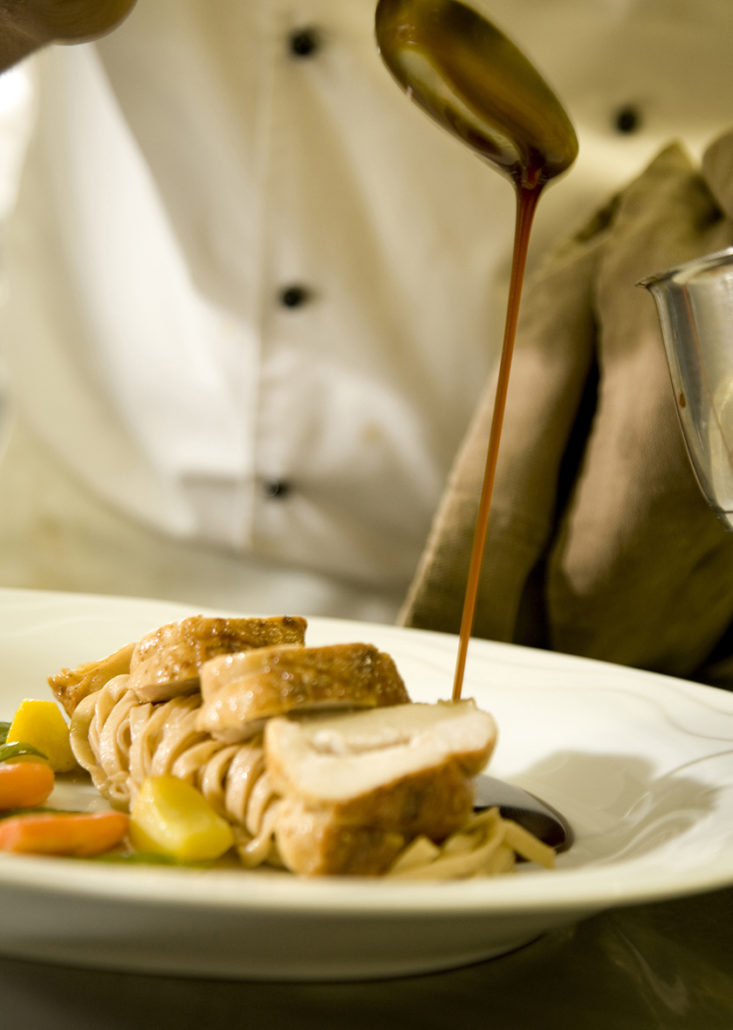
Rooibos is ideal in food preparation – simply use it as a substitute for water or milk in any recipe. Rooibos complements and intensifies the natural flavours of food. It provides an excellent base for soups, stews and sauces. Rooibos is also a natural tenderiser, which makes it a perfect base for meat and chicken marinades. Leading chefs use Rooibos to smoke meat, chicken or fish.
Apart from being a healthy and refreshing drink in its own right, when mixed with fruit juice and champagne or wine, Rooibos makes a delightful cocktail or punch for that special occasion.
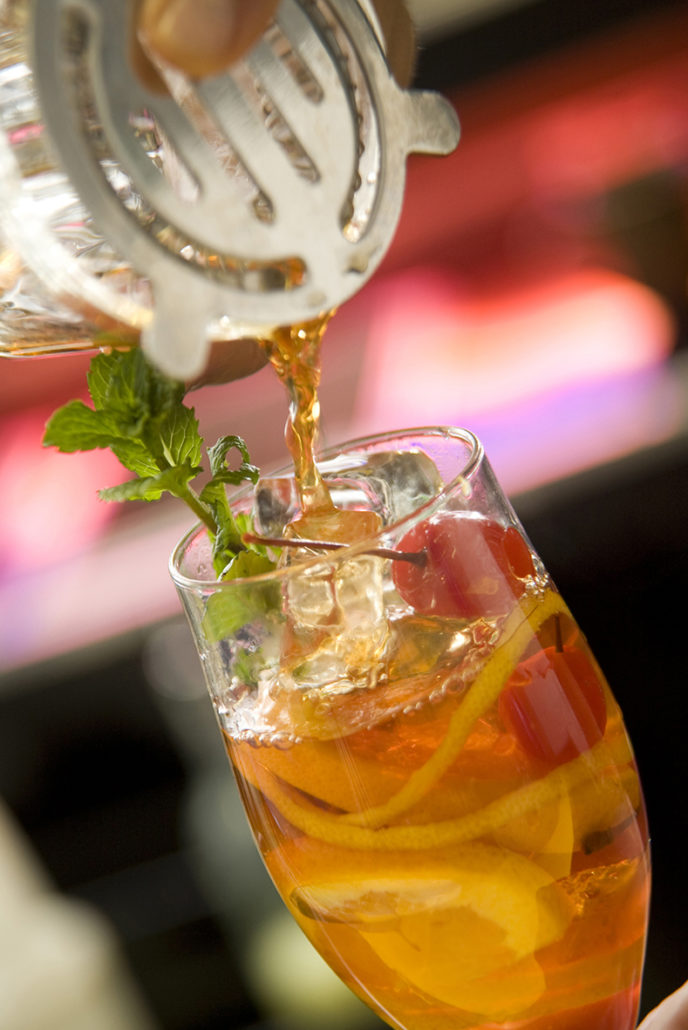
The mineral content of Rooibos also supplements the nutritional value of food and drinks. The flavonoids in Rooibos are proven anti-oxidants that help the body fight free radicals. Rooibos is completely pure and naturally caffeine free.
Rooibos Limited has produced a recipe book where 14 of South Africa’s most acclaimed chefs have created over 100 mouth-watering dishes, cakes and bakes, desserts and drinks – using a truly uniquely South African ingredient – Rooibos.
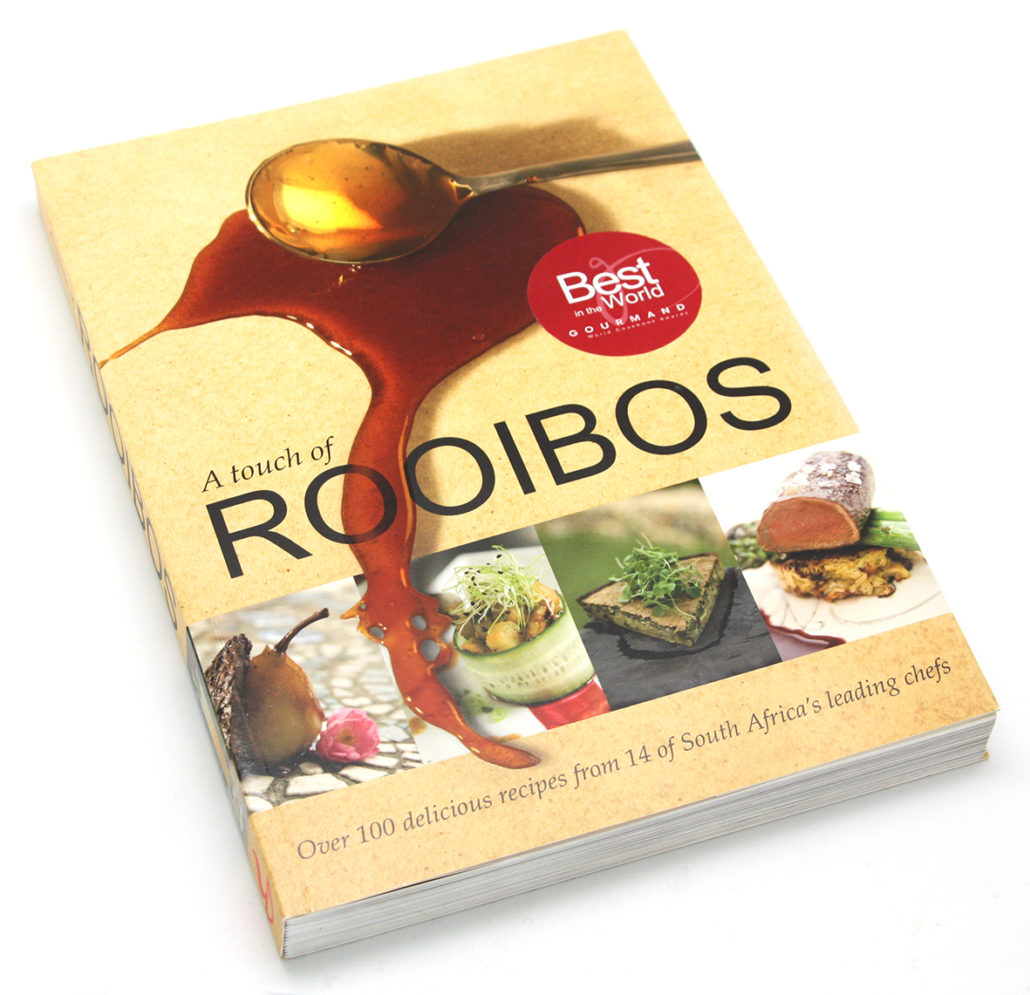
The recipe book, as well as a range of Rooibos-inspired and infused sauces, spreads, syrups and drizzles, are available from our online shop: www.shop.rooibosltd.co.za
VISIT US IN CLANWILLIAM
Come and enjoy a free cup of refreshing Rooibos and see our informative visual presentation about the history and production of Rooibos.
A range of Rooibos products and gifts are available in the promotional shop at the factory.
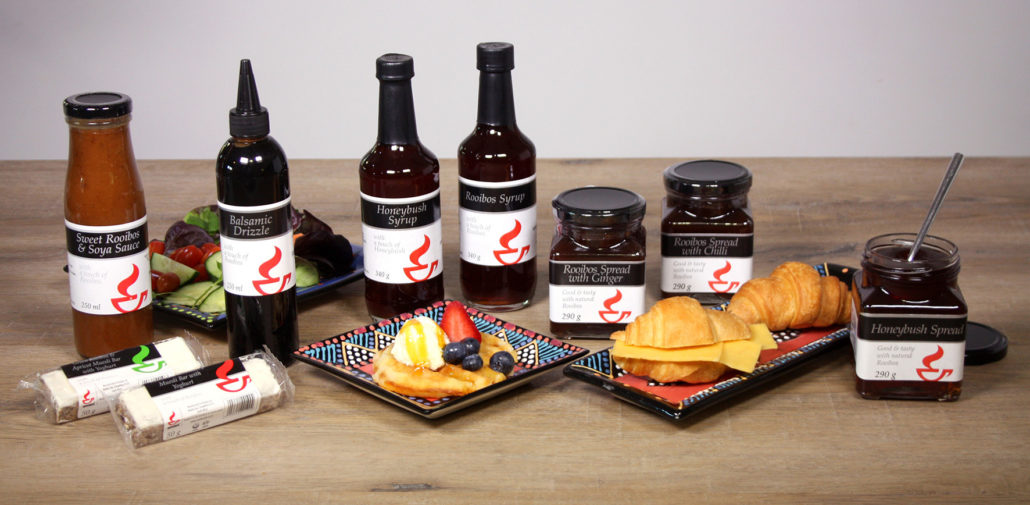
For more information, opening times and directions visit our website: www.rooibosltd.co.za
Guest blog by René Hermans


